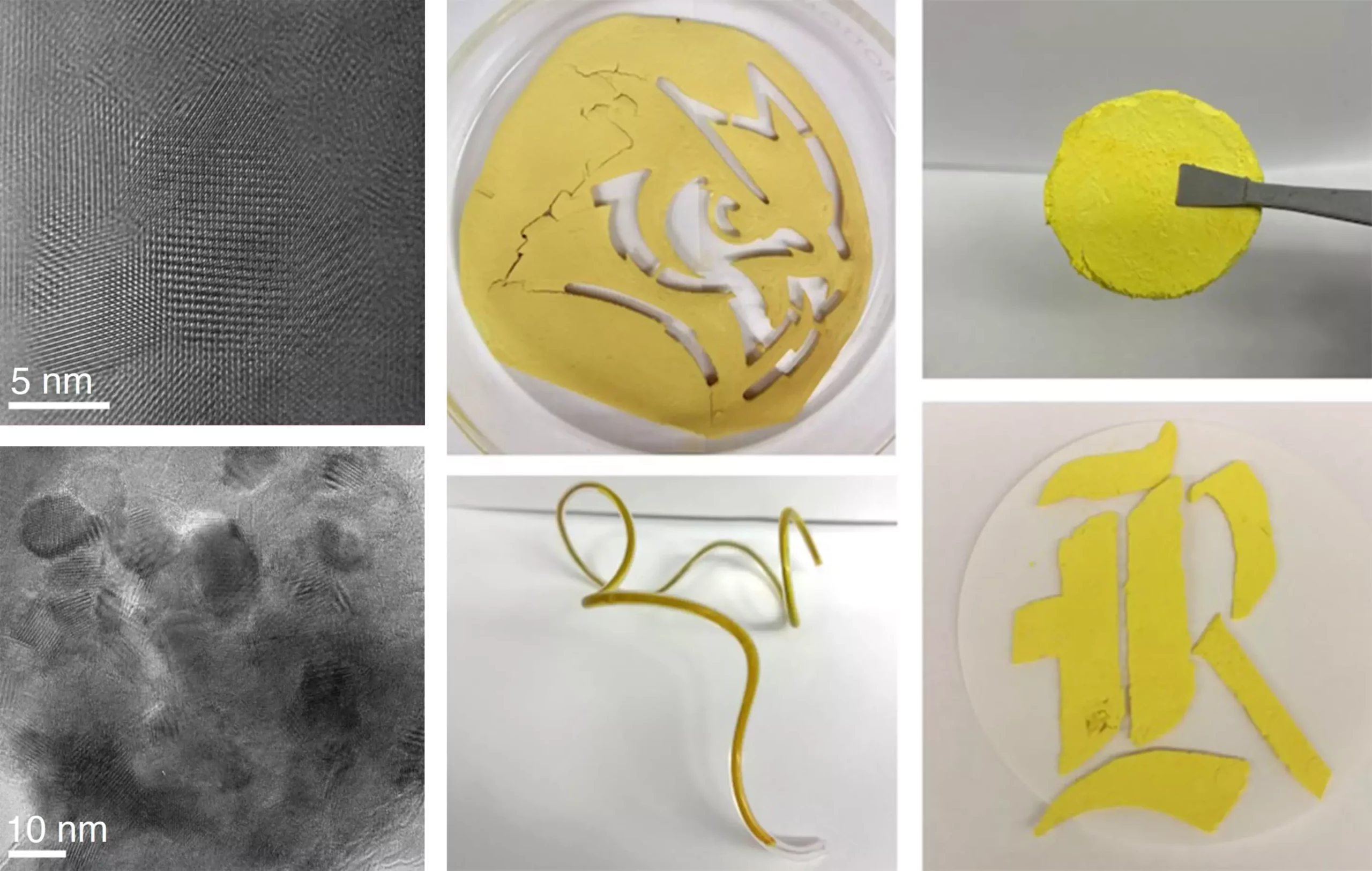The urgent need for innovative solutions to address environmental challenges, such as pollution and energy inefficiency, has led to significant advancements in material science. One of the most promising avenues in this field is the development of covalent organic frameworks (COFs). Recently, engineers at Rice University unveiled a novel synthesis method that promises to enhance the production of COFs, making them more accessible for practical applications in pollution control and other critical areas.
Understanding Covalent Organic Frameworks
Covalent Organic Frameworks are crystalline materials composed of interconnected organic building blocks, which form microscopic structures characterized by their remarkable porosity and large surface area. These attributes enable COFs to effectively trap gases, filter contaminants, and facilitate chemical reactions up to ten times faster than traditional methods. The burgeoning interest in COFs is largely attributed to their versatility; not only can they be used in energy storage, but they also hold potential for breaking down persistent environmental pollutants, such as per- and polyfluoroalkyl substances (PFAS), commonly referred to as “forever chemicals.”
The environmental significance of COFs cannot be understated. PFAS, notorious for their resilience against decomposition, pose severe risks to human health and ecosystems. The innovative synthesis technique developed by Rice University engineers aims to harness the capabilities of COFs to mitigate these pressing issues while also expanding their commercial viability.
Innovative Synthesis Method
The research team, led by chemical engineer Rafael Verduzco and featuring first author Safiya Khalil, has introduced a groundbreaking approach that emphasizes cost-effectiveness and efficiency. Published in the journal ACS Applied Materials and Interfaces, their findings demonstrate the efficacy of a multiflow microreactor system—a continuous production strategy that generates COFs in real-time rather than in batch processes typically required by traditional synthesis methods.
This microreactor model is akin to a “minifactory” operating on a lab bench, enabling the mixing and reaction of materials in a steady flow. Khalil eloquently parallels this process to baking fresh cookies to order, enhancing quality control and reducing energy consumption throughout production. By continuously producing COFs, researchers can maintain optimal conditions for reaction and crystallinity, ultimately resulting in superior quality materials.
A significant facet of the study involves the performance evaluation of newly synthesized COFs. Remarkably, one variant produced through this innovative method demonstrated a profound capacity to degrade perfluorooctanoic acid (PFOA)—a particular PFAS compound with detrimental health implications. This capability not only reinforces the potential of COFs as a remediation tool for harmful contaminants but also positions them as key players in the development of cleaner technologies.
The process they employed—photocatalytic degradation—utilizes light activation to break down harmful substances even at ambient temperatures, setting a new precedent in the speed and efficiency of pollutant degradation. Khalil refers to COFs as “powerful sponges with built-in ‘sunlight engines,'” which encapsulates their transformative potential in combating pollution.
Despite the promising strides made with COF synthesis, the traditional approach has been hindered by issues related to high temperature, pressure, and the use of hazardous organic solvents, which complicate large-scale production. By addressing these limitations, the new flow synthesis method opens doors to increased production capacity and facilitates the discovery of new COF formulations.
However, with these advancements, the material science community must remain vigilant regarding potential environmental implications associated with the manufacturing processes of COFs. As they scale up production, considerations related to resource consumption and waste generation will be paramount to ensure that the benefits of COFs do not inadvertently contribute to new environmental burdens.
The recent advancements in the synthesis of covalent organic frameworks by the Rice University research team stand to vastly improve their accessibility and performance. By providing a continuous production method that yields high-quality COFs with enhanced degradation capabilities for harmful chemicals, they have significantly bolstered the case for COFs in combating environmental pollutants like PFAS. As researchers and engineers further refine these technologies, it is hopeful that COFs will play an instrumental role in a more sustainable future. This cutting-edge work represents an important step, not just for material science, but for global environmental health as well.


Leave a Reply